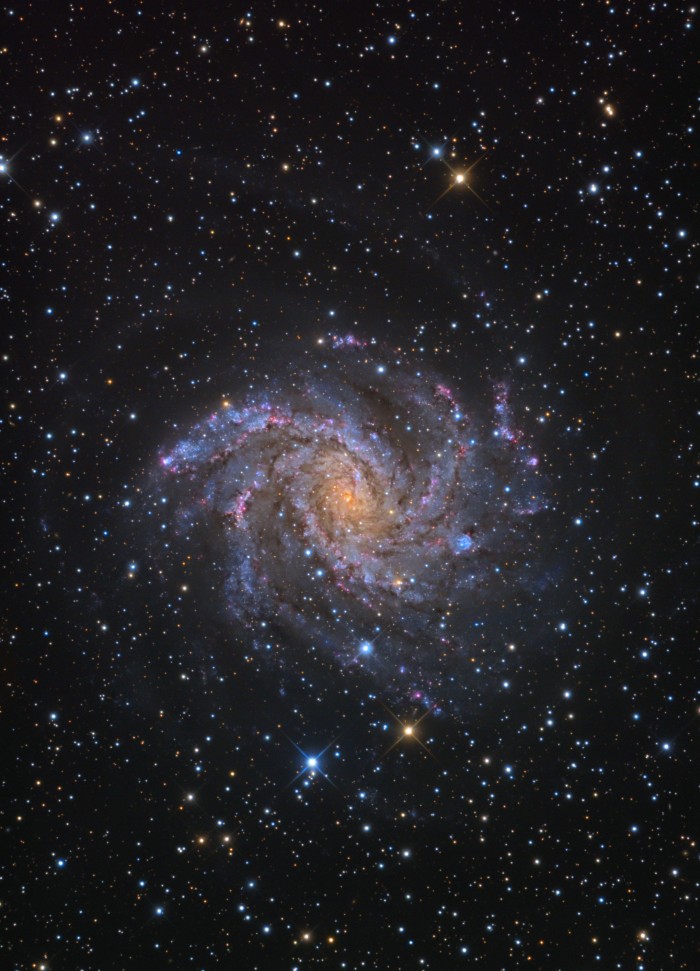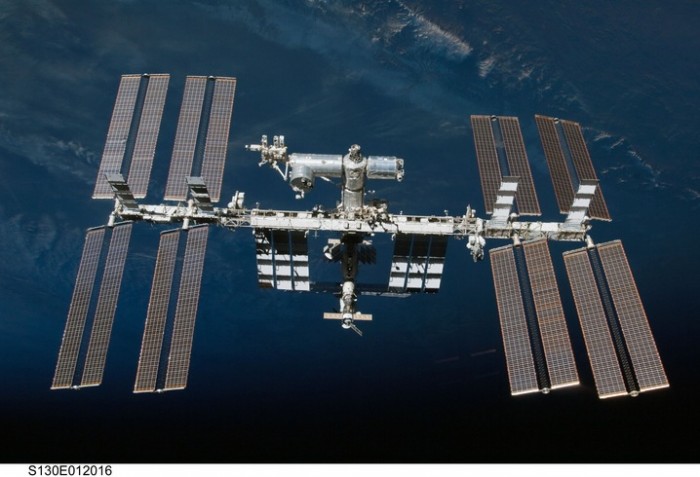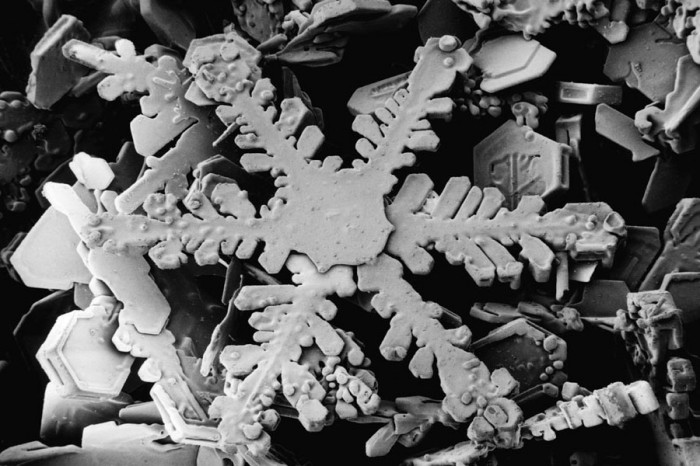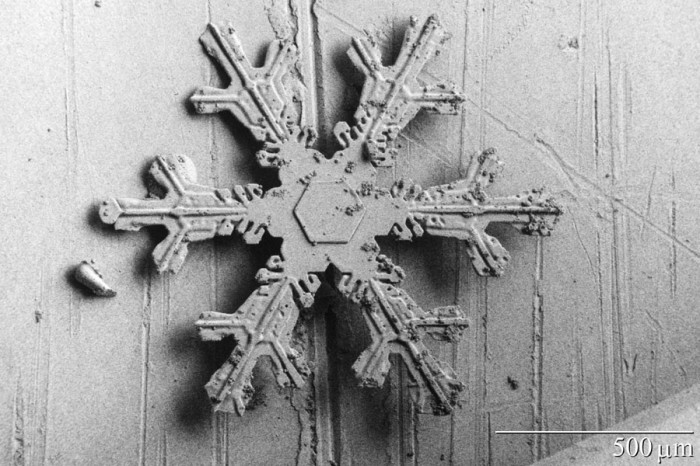The Known Universe
This video by the American Museum of Natural History shows the size of Earth, the Sun, our galaxy, the extent of humanity’s first radio signals, all the way to the edges of the known universe. All of the positions and sizes of the spots and smears are scientifically accurate.
Quite astonishing.
The Known Universe takes viewers from the Himalayas through our atmosphere and the inky black of space to the afterglow of the Big Bang. Every star, planet, and quasar seen in the film is possible because of the world’s most complete four-dimensional map of the universe, the Digital Universe Atlas that is maintained and updated by astrophysicists at the American Museum of Natural History.
Data from the Hayden Planetarium.
Fireworks Galaxy NGC 6946
So pretty!
From NASA APOD:
Celebrate the New Year with the Fireworks Galaxy! Also known as NGC 6946, the big, beautiful spiral galaxy is located just 10 million light-years away, behind a veil of foreground dust and stars in the high and far-off constellation of Cepheus. From our vantage point in the Milky Way Galaxy, we see NGC 6946 face-on. In this colorful cosmic portrait, the galaxy’s colors change from the yellowish light of old stars in the core to young blue star clusters and reddish star forming regions along the loose, fragmented spiral arms. NGC 6946 is bright in infrared light and rich in gas and dust, exhibiting a furious rate of star formation. Nearly 40,000 light-years across, the nearby spiral is fittingly referred to as the Fireworks Galaxy. Over the last 100 years, at least nine supernovae, the death explosions of massive stars, were discovered in NGC 6946. By comparison, the average rate for supernovae in the Milky Way is about 1 per century.
Holiday Greetings from the International Space Station
Here’s an awesome greeting from the crew of the International Space Station which is orbiting around the Earth at almost 30,000 kilometers per hour (17,500 mph), 322 kilometers (200 miles) up:
THERE’S SOMETHING WRONG WITH THAT CHRISTMAS TREE!
Magnified Snowflakes
In the spirit of Christmas, here are some rather surreal pictures of snowflakes taken at varying degrees of magnification:















